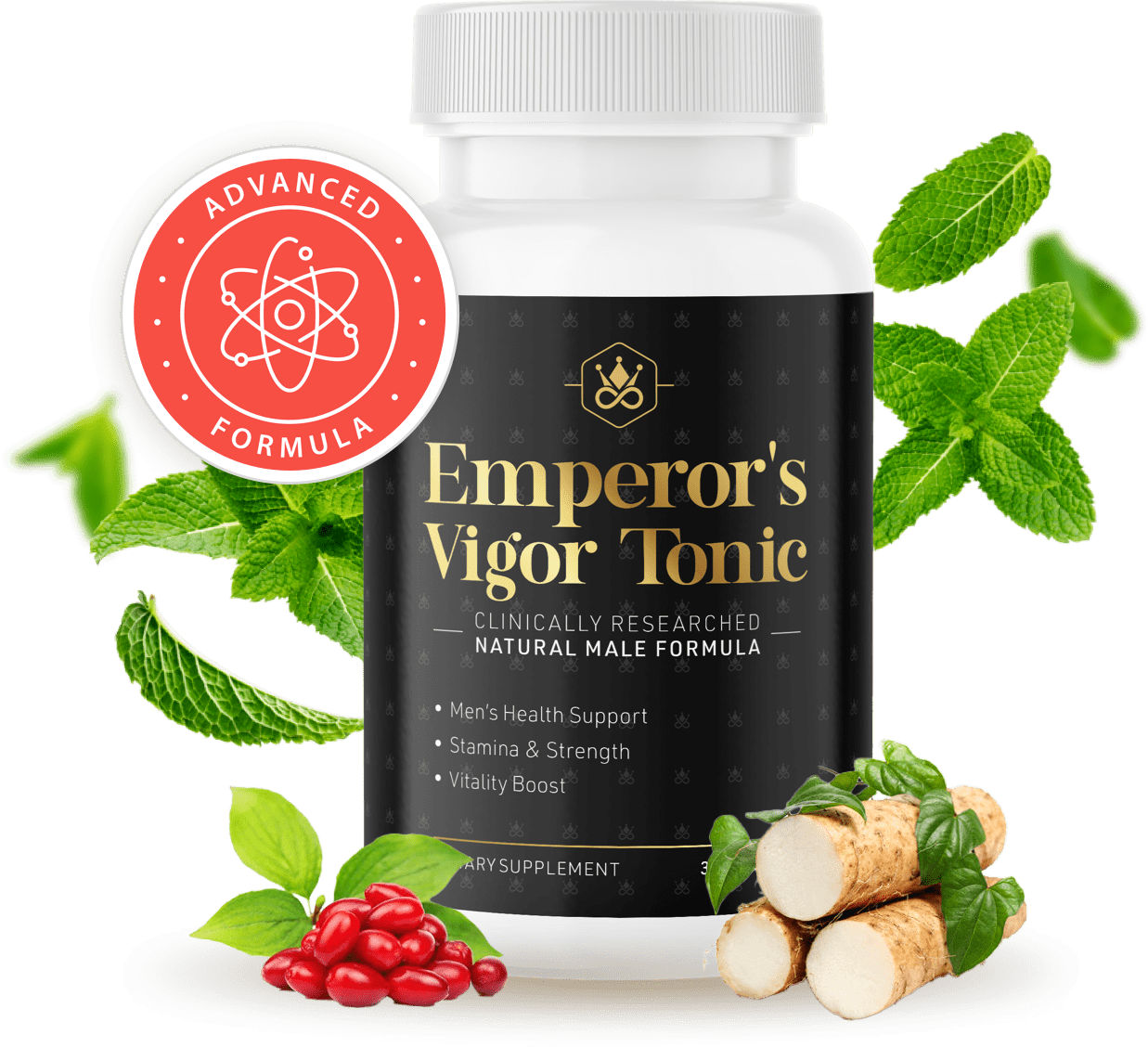The world of vegetarianism is bursting with flavor, variety, and countless health benefits. But one question often lingers in the minds of aspiring plant-based eaters: where do you get your protein? Fear not, fellow veggie enthusiasts, for this article is your guide to a protein-packed paradise without the meat!
Breaking the Myth: The misconception that vegetarian diets lack sufficient protein is a stubborn weed in the garden of nutrition knowledge. The truth is, plant-based sources offer a diverse and delicious bounty of protein, ready to fuel your active lifestyle and nourish your body.
The Protein Powerhouse Pantry: Let's step into the vibrant kitchen of plant-based protein:
1. Legumes: These humble heroes are the nutritional champions of the veggie world. Beans, lentils, and chickpeas are packed with protein, fiber, and essential nutrients. A single cup of cooked lentils boasts 18 grams of protein, while a half-cup of black beans packs 15 grams. Toss them into salads, soups, stews, or even blend them into dips and spreads for a protein punch.
2. Soybeans and Tofu: These versatile beans come in a variety of forms, each offering a unique protein punch. Tofu, with its 8 grams of protein per 3-ounce serving, is a blank canvas for culinary creativity. Tempeh, with its firmer texture and slightly nutty flavor, is a perfect grilling companion. Edamame, the green delight, is a satisfying snack or addition to salads.
3. Nuts and Seeds: These tiny powerhouses are more than just crunchy snacks. Almonds, walnuts, and cashews are protein-rich allies, offering around 6 grams per quarter-cup serving. Chia seeds and hemp seeds, with their omega-3 fatty acids and fiber, are nutritional powerhouses in disguise. Sprinkle them on yogurt, cereal, or salads, or blend them into smoothies for a protein boost.
4. Nutritional Yeast: This deactivated yeast is a secret weapon in the vegetarian kitchen. It's a complete protein source, offering all nine essential amino acids, and is loaded with B vitamins and folic acid. Sprinkle it on popcorn, pasta, or even stir it into soups for a cheesy, umami flavor and a protein boost.
5. Whole Grains: While not protein powerhouses on their own, whole grains like quinoa and brown rice can contribute to your daily protein intake when paired with other protein sources. A cup of cooked quinoa offers 8 grams of protein, while brown rice adds 5 grams per cup. Make them the base of your meals or use them to create protein-packed salads and bowls.
Beyond the Basics: Don't forget about these veggie protein gems:
Mushrooms: These versatile fungi offer a surprising amount of protein, with some varieties like portobellos boasting around 5 grams per cup.
Vegetables: While not protein-rich superstars, some vegetables like broccoli and spinach offer a small amount of protein and can contribute to your daily intake.
Seitan: This wheat gluten-based product is a meaty alternative for those who miss the texture of meat. It's high in protein, but be mindful of gluten sensitivity.
Protein Power Play: Remember, plant-based protein sources are often incomplete, meaning they lack one or more of the essential amino acids. But fear not! By combining different protein sources throughout the day, you can easily ensure you get all the essential amino acids your body needs. Think beans and rice, nuts and seeds, or tofu and whole grains.
Don't just focus on protein! A balanced vegetarian diet includes plenty of fruits, vegetables, whole grains, and healthy fats. These additional nutrients are essential for optimal health and well-being.
So, embrace the vibrant world of plant-based protein! Experiment with different sources, create delicious and nutritious meals, and fuel your body for a healthy and active life. Remember, vegetarianism isn't just about avoiding meat; it's about embracing a world of flavor, variety, and a newfound appreciation for the incredible power of plants.
[Protein:the nutritional powerhouse shaping your health]




.jpg)


0 Comments